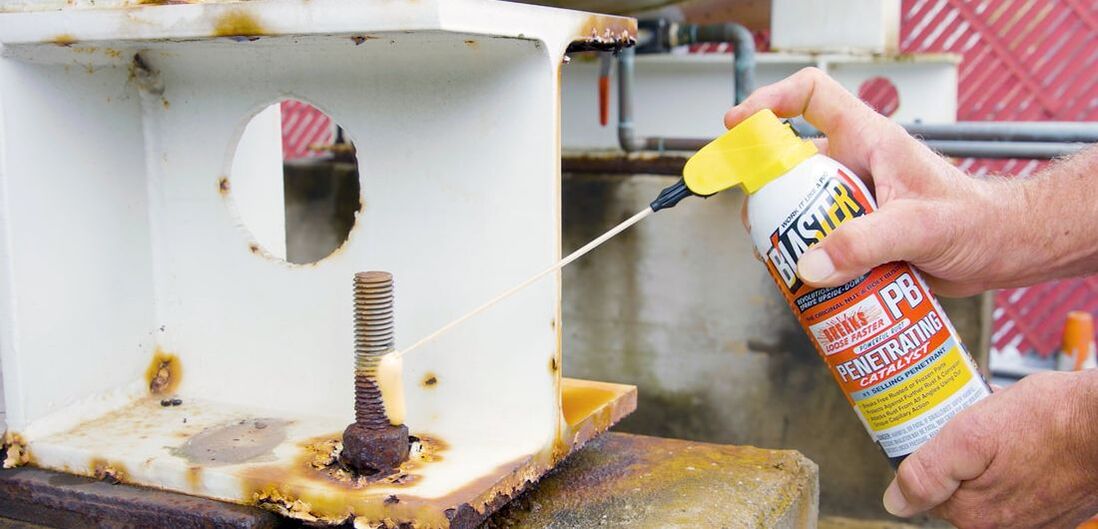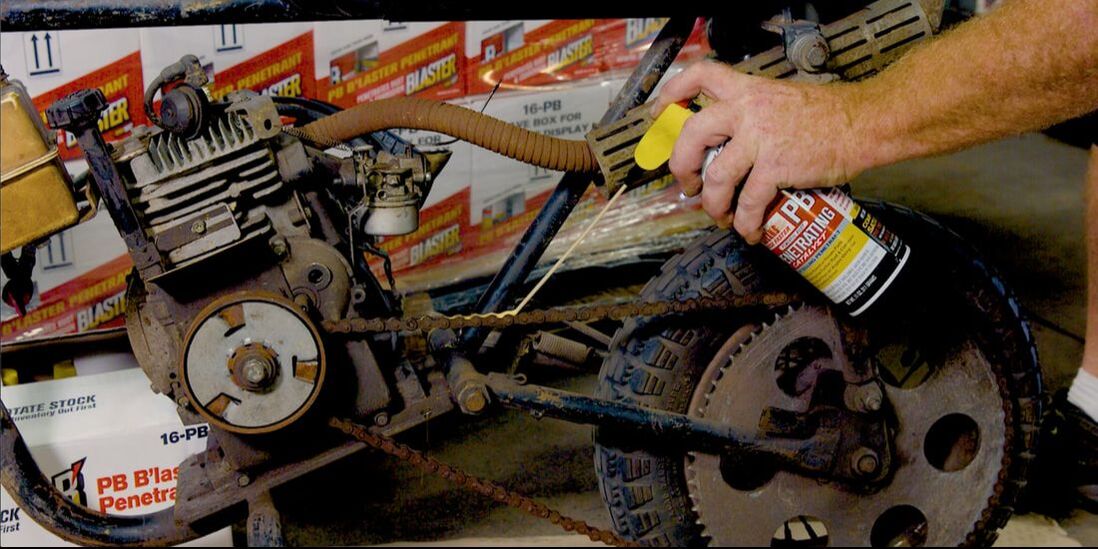Penetrant vs. Lubricants: When to use which one
October 2, 2023
By B'laster Holdings for the Blue Print
By B'laster Holdings for the Blue Print
|
When it comes to saving time and money on projects, using the right tools, including chemicals like penetrants and lubricants, is crucial.
Imagine dealing with a rusted bolt or a corroded lock that won't budge. You might have tried a multi-purpose lubricant but didn't get the expected results. This happens due to confusion between two products: Penetrants and Lubricants. This misunderstanding often leads to incorrect use of these products, which could keep projects from being completed as intended. Whether you're a professional or a DIYer, understanding the difference between penetrants and lubricants is essential to maximizing their benefits. People often misuse these products. Research shows that 23% of multi-purpose lubricant users apply them incorrectly. According to Tom Hrabak, B’laster’s chemist, the confusion arises from not understanding the products' intended purposes. Starting with the basics, a penetrant is a solvent-based formula that breaks through rust and corrosion on stuck parts. A lubricant, on the other hand, is an oil-based formula that reduces friction on moving parts, displaces moisture, and prevents further rust and corrosion. There is a clear difference when testing the penetrating qualities of a penetrant vs. a multipurpose lubricant over an eight-hour duration. The penetrant wicks its way up and across the metal surface, even into the tight confines of a rusty threaded fastener. This is because the penetrant is formulated to break through rust and corrosion faster and more effectively than a general, multipurpose lubricant.
Common uses for penetrant include rusted nuts, bolts, brakes, and more. Lubricant is great for sliding doors, locks, hand tools, and more. To decide which to use, remember: If it's rusted or stuck, go for a penetrant. If it's sticking or squeaking, opt for a general lubricant. Understanding these products will save you time and money on your tasks.
Content originally from B'laster Holdings. Reused here with permission. Vertical Divider
|
|



